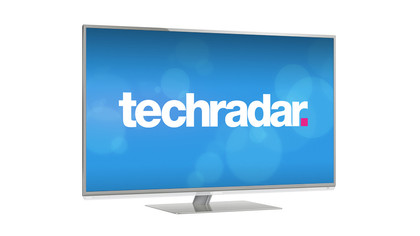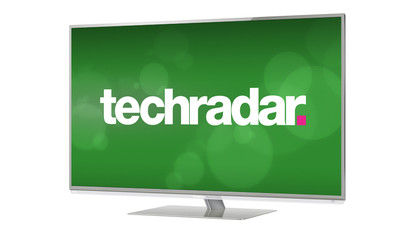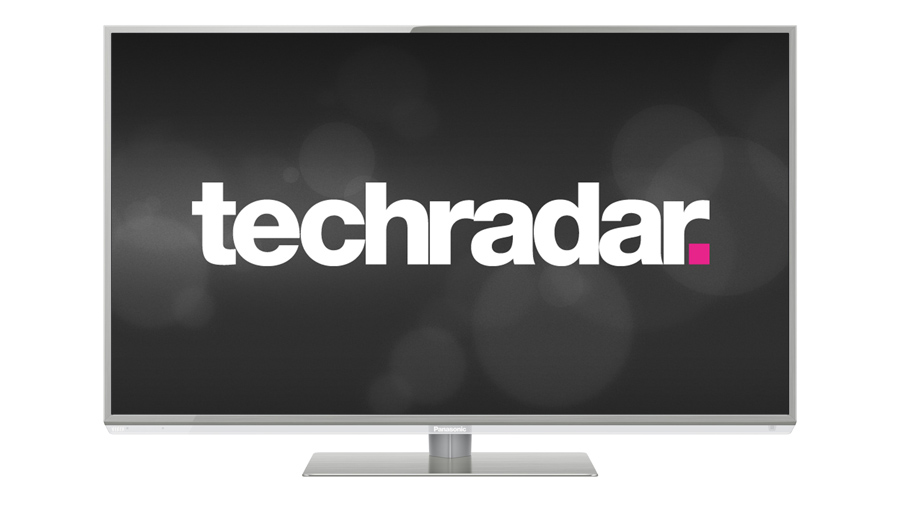Why you can trust TechRadar
Let's first concentrate on the negatives. Firmly in 2D mode, our test disc Piranha 3D revealed a narrower viewing angle than we'd expected. It's hardly a major problem - and not as serious as on cheaper Panasonic Edge LED TVs we've seen - but there's a definite fade of contrast and colour when watched from the wings. The LED backlighting isn't uniform, either, with a black screen showing-up clusters of light in the corners.
Although the hi-def handling of the Spanish F1 Grand Prix via a Virgin TiVo box proved immaculate, as did some footage from Later with Jools Holland on the BBC HD channel, we were slightly disappointed by the TX-L42DT50B's upscaling of standard definition channels. The BBC News channel virtually pulses with picture noise, with the low bitrate feed seemingly going completely untreated.

Elsewhere it's all good, with some awesome colour tones and a generally contrast-heavy picture lending some notable realism, post-calibration.
Maybe Panasonic's plans to develop OLED screens with Sony suggest that the screen-makers have gone as far as they can with LED black levels, and more shadow detailing is indeed available on other screens (notably the brand's plasmas), but there's plenty here to deliver just enough detail even in murky movies.
Switch-on a Blu-ray and 24p Smooth Film is engaged, removing judder successfully, though Intelligent Frame Creation (IFC) is also available to insert frames on-the-fly to banish blur. Note that when IFC is used on anything other than its minimum setting it does introduce distracting flicker around moving objects; luckily, there's not much blur to speak of, so IFC isn't a core tech.
In Time on DVD displays those same slightly false blacks, though it's still fair to say that you won't see blacks this deep on many other Edge LED TVs. If you want the ultimate, plump for a plasma. Though the image is fairly soft, it's very clean, and eminently watchable.

Not so the 3D conversion mode, which proved of almost zero worth in our test aside from the odd close-up, unless you like watching movies with a slight shimmer and a confused look to at least half the action.
Sign up for breaking news, reviews, opinion, top tech deals, and more.
The real success - aside from the pin-sharp, precise and thoroughly enjoyable Full HD – is 3D. Clean and well rendered, the active shutter 3D specs don't remove much brightness, though we still can't bring ourselves to be too enthusiastic about a picture whose bright areas noticeably flick - to our eyes, at least - throughout. That said, we've not seen Edge LED-based 3D look at detailed and as depth-aware as this. It's such a shame no 3D specs are included.

Jamie is a freelance tech, travel and space journalist based in the UK. He’s been writing regularly for Techradar since it was launched in 2008 and also writes regularly for Forbes, The Telegraph, the South China Morning Post, Sky & Telescope and the Sky At Night magazine as well as other Future titles T3, Digital Camera World, All About Space and Space.com. He also edits two of his own websites, TravGear.com and WhenIsTheNextEclipse.com that reflect his obsession with travel gear and solar eclipse travel. He is the author of A Stargazing Program For Beginners (Springer, 2015),
